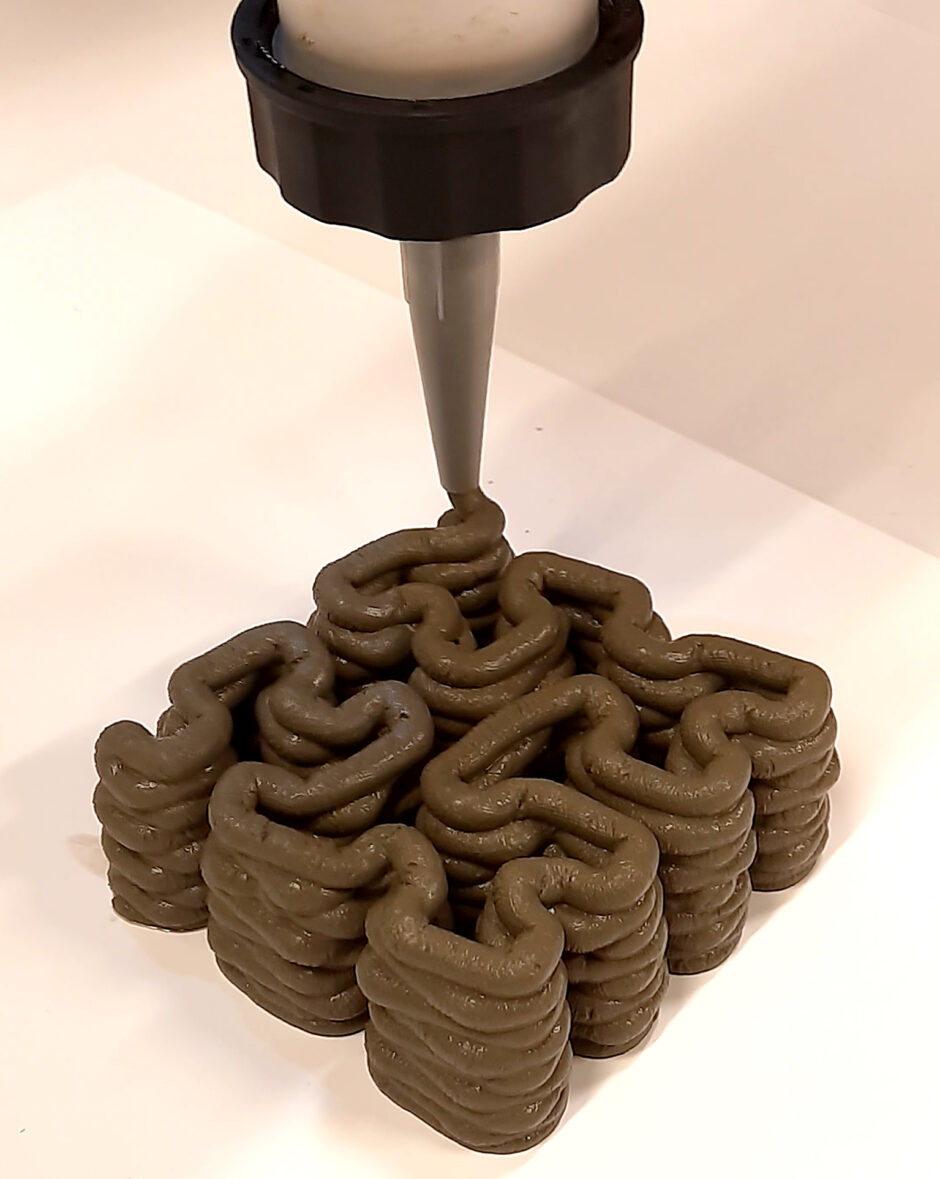Why is the Hilbert Curve Beautiful?
by Tuğrul Yazar | April 8, 2025 20:17
The Hilbert Curve is one of the results of David Hilbert’s vision of mathematics as a network of symbolic systems. Defined in 1891, this curve is a fractal[1] that fills a two-dimensional plane with a one-dimensional line in the limit. It exhibits self-similarity[2]. It emerged from representing higher-dimensional spaces through continuous, lower-dimensional entities. A curve[3] that grows within a bounded area remains continuous but non-differentiable. Yet it possesses infinite length. Perhaps no one will ever truly see or fully grasp it. Yet it carries the potential to fill a higher-dimensional space through infinite iteration. It is one of the most elegant celebrations of Hilbert’s belief in the power of axiomatic structures.
Using Grasshopper[4] Python, I created a script that generates L-systems with letters and symbols—one that represents the Hilbert Curve. But is this code the Hilbert Curve?
The script then converts this code into coordinate and line data that Rhino[5] can process. But is that geometric data the Hilbert Curve?
To Hilbert, mathematics was a symbolic construction of human thought. His contemporary, Gottlob Frege, held a different view. Frege, one of the founding figures of the analytic tradition in philosophy, regarded the world and mathematics as within the realm of logic. For him, mathematics was a branch of logic grounded in an immutable foundation. He sought the justifications behind everything that could be deemed true. Just one year after Hilbert introduced his curve, in 1892, Frege published On Sense and Reference. This seminal text offers a clear and powerful tool for understanding meaning and language as part of his project to reconstruct mathematics through logic. It also planted the early seeds of the “linguistic turn.” This turn would probably reach one of its peaks with Wittgenstein.
The fractal drawing appears on the screen through computed data. So, does that count as the Hilbert Curve?
In the next step, the Grasshopper script generated a KRL file to be read by a robot[6] within a predefined setup. Are these robot instructions the Hilbert Curve?
According to Frege, a word’s meaning has two layers. The sense is how the word appears within a particular context. The various things we might refer to include when we say “Hilbert Curve”: the code, the image on screen, the CAD file, the KRL file.
Then, we loaded Büşra Aktürk’s material mixture into the robotic 3D printing system. The code moved the robot and printed the curve onto a platform. Is that printed object the Hilbert Curve?
According to Frege, reference is the entity to which we anchor senses. In this case, what underlies all these representations is the mathematical idea in Hilbert’s mind. There is a conceptual essence of infinity through formalism that appears in many different senses. It is interesting to see Hilbert’s mind through the lens of Frege’s method.

So why is the Hilbert Curve beautiful?
In the words of Richard Feynman: Why? None of these meanings seems sufficient to account for the aesthetic experience. Around the same time, another of Frege’s contemporaries, mathematician Edmund Husserl, began laying the groundwork for a different tradition of thought. He offered a new way of seeking meaning without necessarily relying on external objective argumentation. The Hilbert Curve is beautiful not just in itself but also because of the experience of recreating and producing it and its meanings.
8 April, 2025. Happy Birthday, Edmund Husserl.
- fractal: https://www.designcoding.net/category/research/fractals/
- self-similarity: https://en.wikipedia.org/wiki/Self-similarity
- curve: https://www.designcoding.net/hilbert-curve/
- Grasshopper: https://www.designcoding.net/category/tools-and-languages/grasshopper/
- Rhino: https://www.designcoding.net/category/tools-and-languages/rhino/
- robot: https://www.designcoding.net/category/research/robotic-fabrication/
Source URL: https://www.designcoding.net/why-is-the-hilbert-curve-beautiful/